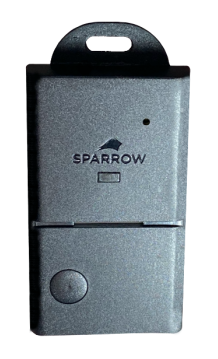What is Hydrogen Peroxide?
As a Sterile Processing professional, you probably use Hydrogen Peroxide (H2O2) nearly every day, for sterilizing everything from flexible bronchoscopes to power batteries. Even though it is a highly corrosive chemical, hydrogen peroxide is effective because it is a strong oxidizing agent that breaks down into oxygen and water leaving no harmful residues. It has been shown to be effective against all forms of microorganisms.
As a low temperature sterilant, Hydrogen Peroxide was introduced as a replacement for Ethylene Oxide (ETO) back in the 1980s. Most hospitals have since converted to H2O2 sterilization and at the same time discontinued the safety practices they used with ETO. Unfortunately, the more that is learned about H2O2 , the more we know it shares many of the same exposure limits and threshold values as ETO….making it just as important to continue to follow safety guidelines, including monitoring the air when H2O2 is in use. Research continues, and more regulations could one day be put in place.
Hydrogen Peroxide Concentration
Why is understanding Hydrogen Peroxide concentration so important to employee safety?
– Low concentrations of hydrogen peroxide (3%) are used as a household chemical and is generally considered safe under normal conditions.
-6% hydrogen peroxide is often used to bleach hair.
-Above 10% is considered hazardous.
-30 to 50% is commonly used in industry.
-30 to 50% is used in medical sterilizers (some internally concentrate it up to 90%).
-90% hydrogen peroxide is used as rocket fuel (monopropellant).
EMERGENCY RESPONSE PLANNING GUIDELINES (ERPG)
The maximum airborne concentration below which it is believed that nearly all individuals could be exposed for up to one hour WITHOUT experiencing or developing
– life-threatening health effects is: hydrogen peroxide 100ppm
– irreversible or other serious effects or symptoms which could impair an individual’s ability to take protective action is: hydrogen peroxide 50ppm
– other than mild, transient adverse effects without perceiving a clearly defined odor is: hydrogen peroxide 10ppm
To see Gas-Sensing’s Hydrogen Peroxide monitors, please click here!
For more information on Hydrogen Peroxide, please click here!
Source: Chemdaq.com/blog

